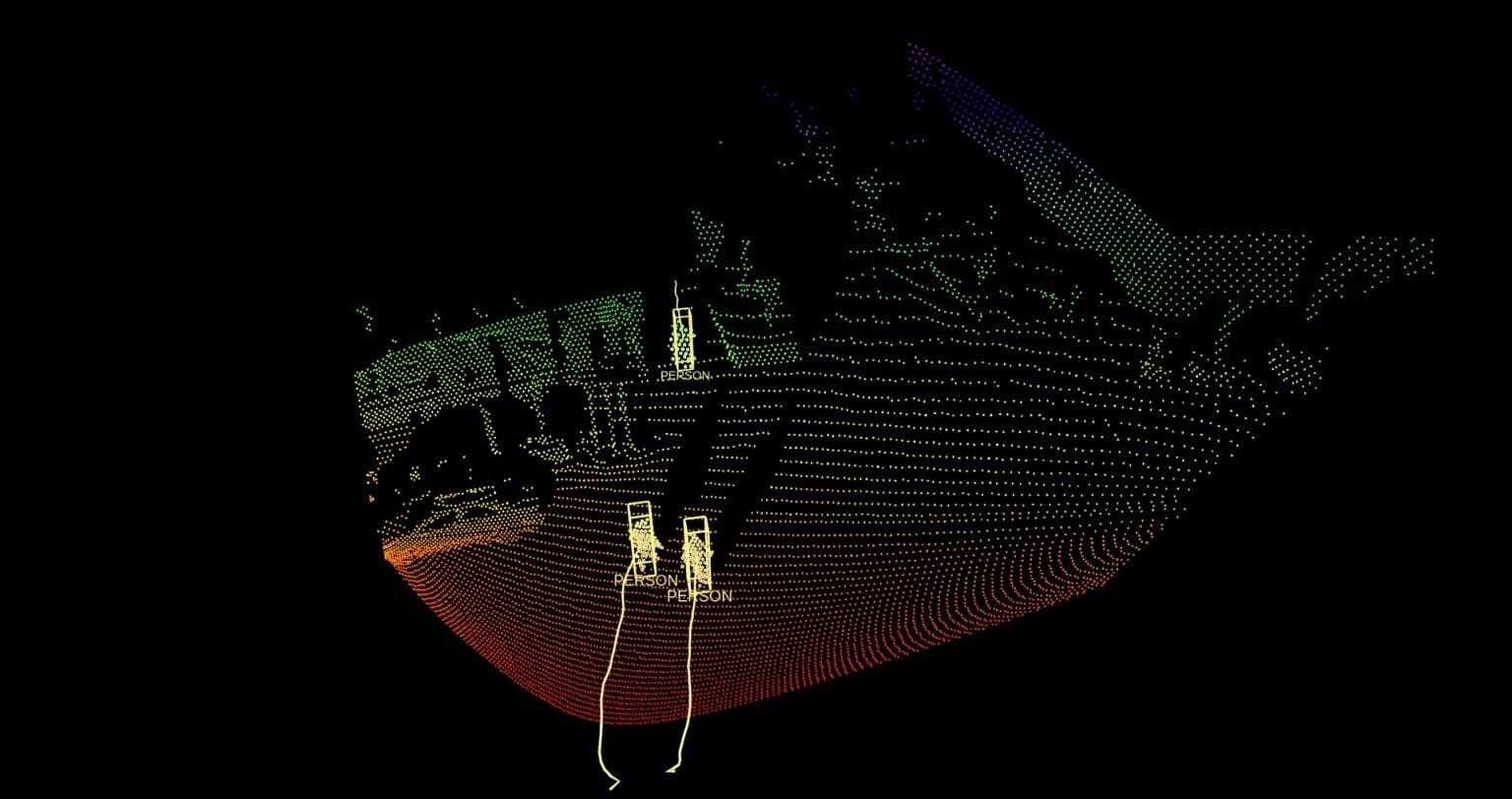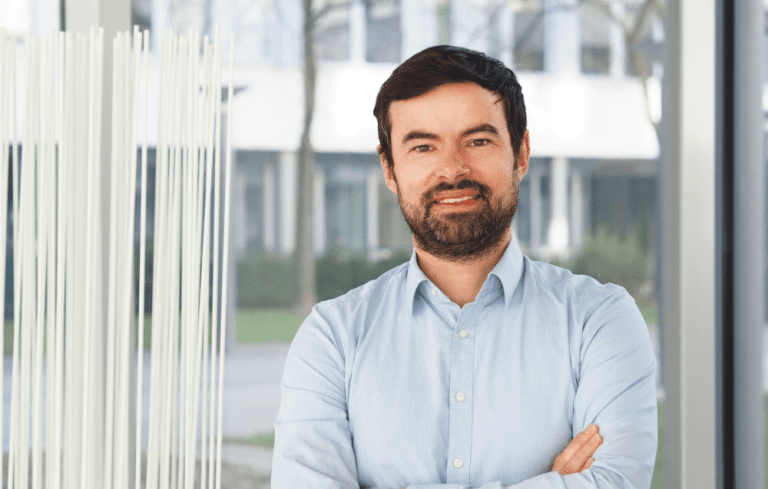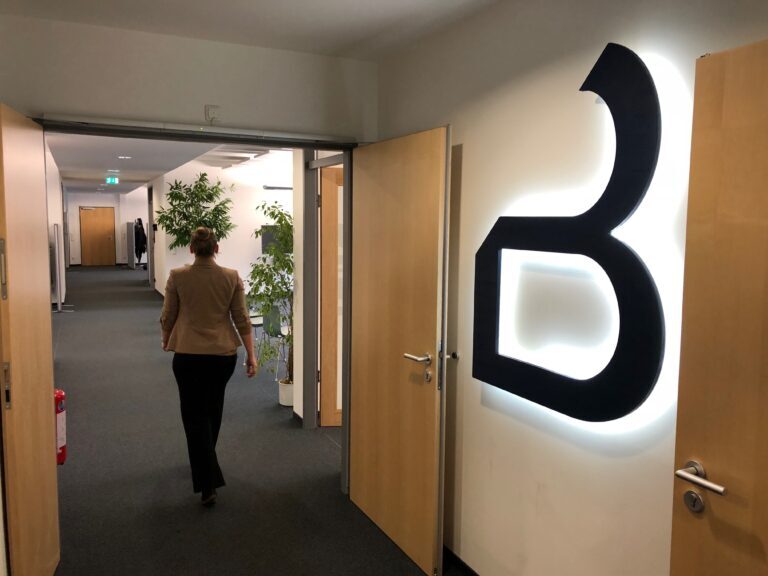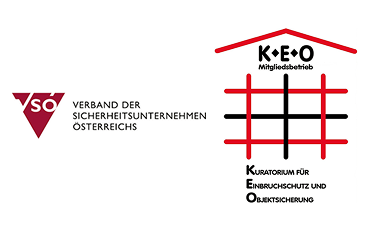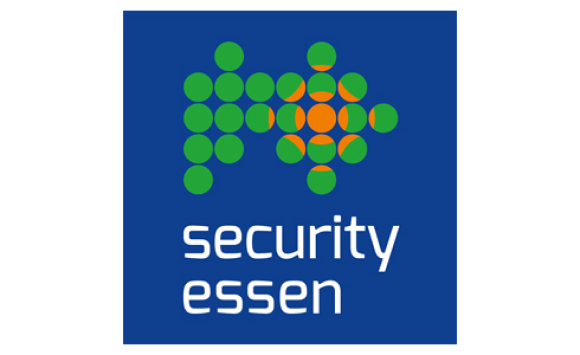A conversation with Rolf Wojtech, Blickfeld founder and Chief Software Architect.
Can you introduce yourself in a few sentences?
My name is Rolf Wojtech, and I am one of the founders of Blickfeld. I studied computer science at the Technical University of Munich, then worked on large-scale software projects for several years and went on to found and successfully build up the company fos4X together with Mathias Müller in 2010. In 2017, Mathias and I founded Blickfeld together with Florian Petit with the vision of developing a LiDAR sensor suitable for the mass market.

What made you want to found a start-up?
At the beginning of a start-up, there is always the idea that you are passionate about. In the case of fos4X, this was the realization that we had precisely the right team and the best technological approach to make fiber optic measurement technology fit for application in an industrial environment. Similarly, when we founded Blickfeld, we knew our core idea of developing the largest possible MEMS mirror for building LiDAR sensors was – and still is – unique.
What is the most noticeable difference between fos4X and Blickfeld for you?
I would say the speed with which we have progressed and developed the company. When you start a company for the first time, you have to learn many things all at once that you wouldn’t usually come into contact with as a technician, such as strategy development, contract negotiations, and winning over investors and customers. The second time, you can draw on a lot of experience and build a company at a faster pace.

Blickfeld is a provider of LiDAR sensor technology, what is the software needed for?
We need software in two different ways; first, on the device itself to generate the sensor data and to control the device. For the control part, we have developed a tool for live data visualization with our WebGUI, which makes the sensor’s operation and configuration very practical. We also need software to process the acquired sensor data. Many of our customers need more than the raw LiDAR data, i.e., the three-dimensional point cloud for their applications. Instead, they want to know, e.g., where the objects are located, how many people are moving in a particular area, or in which direction vehicles are traveling. To answer these questions, our team from the Object Recognition Lab comes into play. It develops robust and versatile algorithms for applications such as people counting, perimeter security, or parking spot detection. This means we can offer customers a holistic solution right away, and they themselves don’t need to recruit experts to process the point clouds. This, of course, creates a great deal of added value.
What are the responsibilities of a Chief Software Architect?
As Chief Software Architect, I oversee software development across the company and ensure that the individual software components fit together well, are reusable, and are of high quality. I also define the software roadmap and ensure that our software vision is realized.
What is the Blickfeld software vision?
We want to be a one-stop-shop for perception solutions that capture LiDAR data and also provide higher-level information such as the position of objects in a scene. So, in addition to the sensor, we also provide the associated software and thus offer a smart sensing solution. It is also crucial for us to enable this for not only a single LiDAR sensor in the standalone mode but also support the customers in implementing large-scale applications where numerous devices are fused.

Which particular teams are you in charge of?
My main focus is on the Object Recognition team, which develops solutions for the further processing of point clouds. In addition, I ensure that our production processes are supported and tracked by a strong software landscape with the Application and Production Software team. This team also takes care of application software for our customers. Besides that, I am also responsible for the IT team and support our embedded software team with architecture related matters.
What does a “normal” day at Blickfeld look like for you?
In the morning, I take part in a short meeting of the Object Recognition Team. After that, every day is actually a little different as my tasks as a founder are multifaceted.
There are a few fixed components like regular meetings with the heads of the individual teams and the coordination with my co-founders, our COO, and our management team. Beyond that, it depends a lot on what’s going on at that time. Quite often, I support different projects or consult our customers about how to best use our software.
Why do you think 3D data is so exciting?
I’m impressed by how many use cases you can cover with the analysis of 3D information. In analyzing 2D data, one actually always has to resort to machine learning approaches because their interpretation with “classical” algorithms is so tricky. Machine learning also often requires elaborate labeling, a lot of computing power, and gapless training.
LiDAR data is different: Questions regarding space and dimensions, for example, “How far away is something?”, “Which path does a vehicle take?”, “How much volume does an object have?”, etc., can be solved directly with LiDAR data without having to take the Machine Learning detour. Algorithms created in this way can be reused in many applications without having to generate label data and train for new situations.
What is the biggest challenge in working with 3D data?
The biggest challenge was to build the right team. While there are many experts for processing 2D camera data, processing 3D data is still more of a niche. But we have now put together a potent team for this task, and I’m very proud of that.

Where do you see Blickfeld in one, three, and five years?
With our industrial product Cube 1, which has been on the market since 2020, we are currently seeing many exciting customer projects and will continue to do so in the coming months. And we are confident that the sensor will have an established position in the coming year. The automotive market is also exciting; here, I see our LiDAR sensor technology in the first vehicles in the next few years, for example, for advanced ADAS systems.
What is your favorite Blickfeld tradition?
I always look forward to our joint team events. Even during Corona, we have found good virtual alternatives and have organized online chess tournaments or quiz evenings, for example. But I really miss our joint Weisswurst breakfasts!
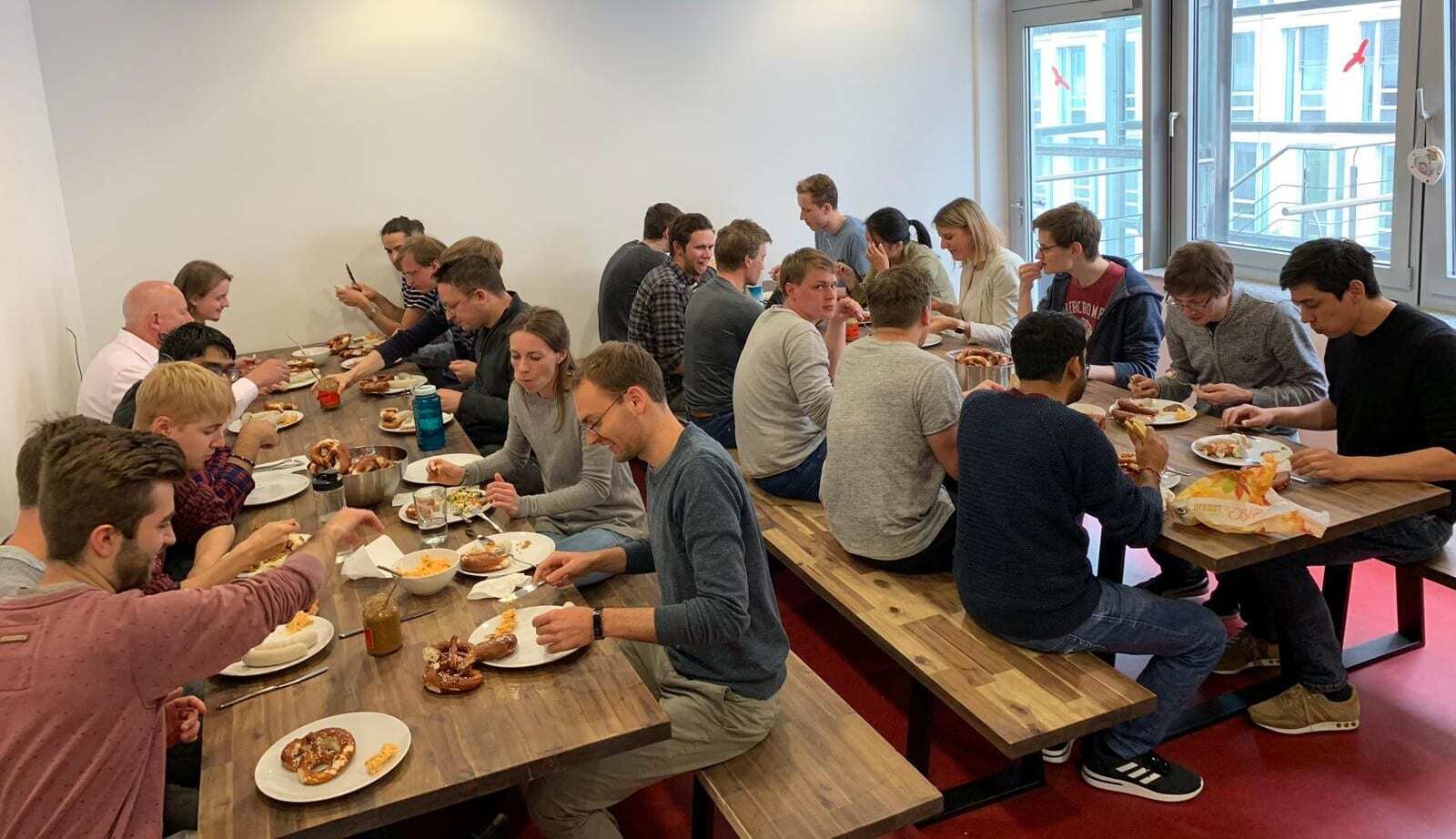
What has been the most exciting thing you’ve experienced at Blickfeld so far?
Oh, there are many remarkable moments. As a founder, you often look back at the very early moments, like the first moving Blickfeld point cloud in 2017. Proving for the first time that an innovative new approach works as well as you calculated and planned is just mind-blowing. Of course, there have been countless other highlights since then, such as the first test drives with our sensors on the roof of a car or the first remote control of a vehicle based on our technology.

